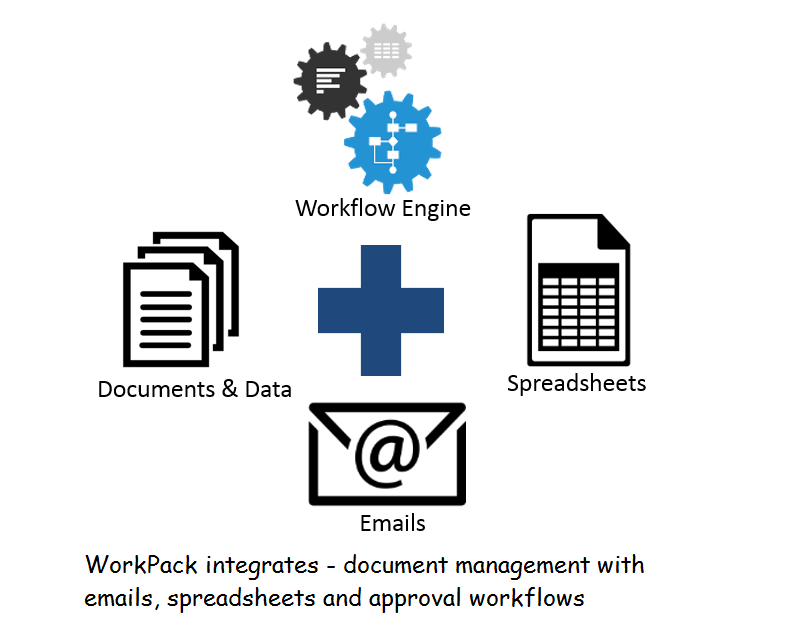One of the main responsibilities of a solar project manager is to ensure that the project completed on schedule and within budget.
That requires for you to keep track of how all your projects are progressing at all times – with respect to timeline and costs.
In other words you need continuous reporting of –
- Actual project timeline Vs project schedule
- Actual costs of different activities Vs project budget
Usually, project teams prepare weekly or monthly progress and cost reports to capture this information. But practically it is not enough. If there is any lag in reporting issues, that will only escalate the possible delays.
But on the other hand, you don’t want your team to be spending too much time on reporting alone.
If only you can automate (or at least partially automate) progress and cost reporting, you will gain real time visibility and real time control without investing too much of manual effort.
But how to automate the reporting process for solar rooftop projects?
Standard workflows
Before you can start tracking the work done in engineering design, material procurement, logistics, installation and maintenance of your solar projects, you need to have standard trackable processes for these functions.
For example, if all your procurement activities are going through one standard workflow –
Request For Quotations > Proposals > Purchase Order > Material Delivery
Then it becomes easy to track where any procurement activity is standing based on its current status.
So when proposals are received from multiple vendors for PV panels, you can say that purchase of PV panels is halfway done.
Track all documents
Furthermore, much of the work done in engineering, purchase, logistics etc. is represented by a variety of documents such as – engineering drawings, material specifications, purchase orders, material delivery challans, invoices etc.
You can easily track the status of different tasks by tracking all these documents.
For example, tracking the Purchase Orders against BOM will easily tell you how much of the material has been purchased – this ensures progress tracking.
It will also tell you how much you have spent on those materials against the project budget – this will accomplish cost tracking.
Track construction work via mobile devices
However, some of your project work is done on construction sites and may not be tracked with documents – for example, site surveys, installation, commissioning, maintenance activities etc.
But you need to track all these activities as well.
Empower your team with a progress tracking system that works well on mobile devices. So they can capture their daily activities with the help of mobile phone or tablets.
![]()
For example, you can prepare a checklist for installation work. Once all the items on the checklist are ticked, it will mean that installation is complete. This kind of data input is easy enough to be done from mobile devices on construction sites.
Some solar projects are done in remote locations with limited internet connectivity. In such cases, you would need mobile apps that even allow offline working.
Connect all teams on a single platform
All infrastructure projects are executed by multidisciplinary teams. Solar projects are no exception to this.
Even in case of smaller rooftop solar power projects, there are multiple teams collaborating on the same project – sales, engineering design, procurement, logistics & stores, construction & installation etc.
The drawings and Bill of Materials (BOM) are produced by the engineering team. Then they are used by procurement and installation teams. So their work is deeply interconnected. But most often, these different teams track their own work in separate spreadsheets.
So it is rare that a project manager gets a complete and coherent picture by putting all those spreadsheets together.
Alternatively, it is advisable that these different teams use the same work tracking platform. So that delay in preparing the BOM gets immediately reflected as delay in purchase and subsequently delay in installation and commissioning.
The domino effect that different project activities have on each other is accurately captured if all of them are tracked on a single platform.
This way their reporting can also be done on the same platform.
And more importantly, a project manager doesn’t need to spend any time putting together different progress tracking spreadsheets.
Use already established report formats
Even after you have spent efforts in automating all you progress tracking and reporting mechanism, it doesn’t have any real value unless those reports are regularly used by the project team.
If the final reports are not well understood by your team members, rest assured that they will not be used much.
If you already have some well-established report formats that are understood and used by most of the team, it makes solid sense to use those formats for the new automated reporting platform.
So you should work on progress tracking and reporting platform that allows you to configure report formats as per your existing reports, rather than enforcing some other formats that are alien to your team.
WorkPack for solar projects tracking and reporting
WorkPack has helped a number of solar project managers for their project progress tracking and reporting on a single dashboard.

WorkPack connects documents, emails and spreadsheets with a powerful workflow engine. This enables complete tracking of all project activities.
User inputs are minimized and instead their actual work is directly tracked, which enables real time progress and cost tracking of activities.
All this tracking data is captured and sent to a configurable reporting module where you can set up your desired report formats which are well known to your team.
The combination of all these features has proved to work well for managing solar rooftop projects. So do you think it can help your solar project team as well?
Find out by creating a free account. Let us know in case you need any help to set up the free WorkPack account or would like to schedule a demo session for your team.

No Comments